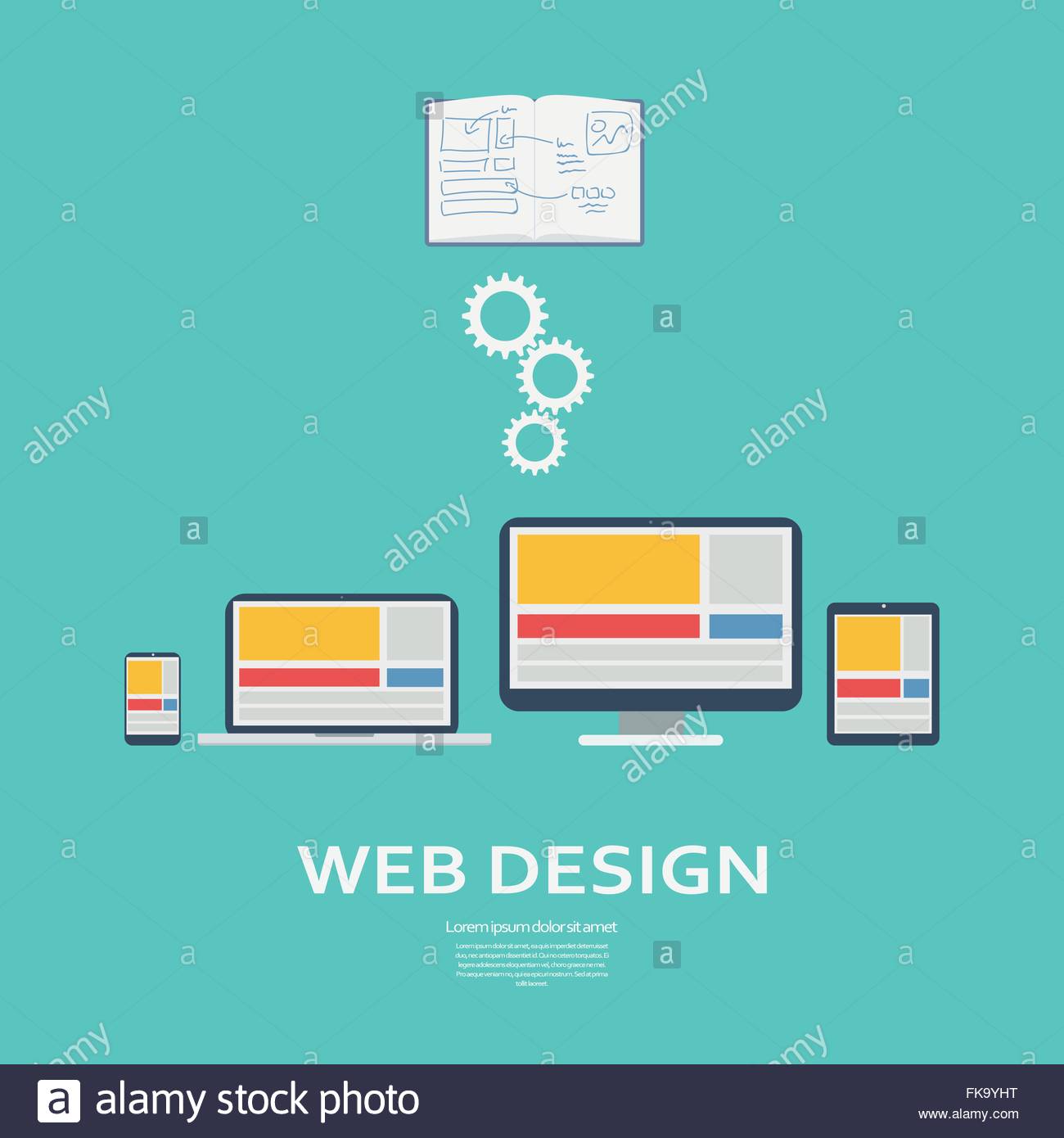In the past, web sites were simple and concentrated on information. Navigation was direct, and style was for desktops. Now, individual experience is essential. Information overviews styles for very easy navigating. Receptive designs fit various tools. Today, dark mode reduces strain, and minimal food selections enhance navigating. Interactive attributes engage customers, and strong visuals stand apart. AI integration increases interaction. See just how style has progressed to boost your online journey.
Early Days of Website Design
In the early days of web design, simpleness preponderated. Web sites were fundamental, with limited colors, font styles, and layouts. The emphasis was on supplying info rather than flashy visuals. Customers accessed the net with slow-moving dial-up connections, so speed and performance were key.
Navigation food selections were straightforward, generally situated at the top or side of the page. Internet sites were made for desktop, as mobile browsing had not been yet prevalent. Content was king, and designers prioritized very easy readability over complex style components.
HTML was the main coding language utilized, and designers needed to function within its constraints. Computer animations and interactive features were minimal contrasted to today's standards. Sites were fixed, with little dynamic material or individualized user experiences.
Increase of User-Focused Design
With the development of site layout, a change towards user-focused style concepts has become increasingly noticeable. Today, developing internet sites that prioritize user experience is vital for involving visitors and attaining organization goals. User-focused layout entails understanding the demands, preferences, and behaviors of your target market to customize the website's format, content, and includes accordingly.
Developers currently conduct comprehensive research, such as individual studies and use screening, to collect insights and responses directly from users. This data-driven technique helps in creating user-friendly navigation, clear calls-to-action, and visually attractive interfaces that reverberate with visitors. By positioning the customer at the facility of the layout procedure, sites can provide a more personalized and delightful experience.
Receptive layout has actually likewise emerged as a crucial element of user-focused layout, making sure that internet sites are enhanced for different gadgets and screen dimensions. This flexibility boosts ease of access and use, dealing with the varied methods individuals interact with internet sites today. Basically, the increase of user-focused style symbolizes a change towards developing electronic experiences that prioritize the demands and assumptions of completion customer.
Modern Trends in Web Design
Check out the most up to date trends shaping web design today. One noticeable fad is dark setting design, offering a streamlined and contemporary look while decreasing eye pressure in low-light settings. Another essential trend is minimalist navigating, simplifying menus and enhancing individual experience by concentrating on essential elements. Including micro-interactions, such as computer animated buttons or scrolling results, can create an extra appealing and interactive web site. Responsive layout continues to be essential, guaranteeing seamless user experiences throughout various devices. In https://www.who.int/news/item/28-04-2022-who-reveals-shocking-extent-of-exploitative-formula-milk-marketing , utilizing bold typography and asymmetrical formats can add visual rate of interest and accentuate details material.
Integrating AI technology, like chatbots for customer support or individualized recommendations, improves user engagement and improves processes. Access has additionally become a substantial fad, with developers focusing on inclusive design methods to satisfy diverse individual demands. Welcoming sustainability by maximizing web site performance for speed and performance is another arising trend in website design. Collaborating with customer comments and data analytics to iterate and enhance layout continuously is necessary for remaining pertinent in the ever-evolving digital landscape. By welcoming Highly recommended Internet page , you can create a visually attractive, straightforward website that resonates with your audience.
Final thought
As you assess the advancement of site design from the early days to now, you can see how user-focused style has actually come to be the driving force behind modern-day trends.
Embrace the trip of adjustment and adaptation in website design, constantly maintaining the individual experience at the center.
Keep present with the current patterns and innovations, and never ever stop progressing your technique to develop aesthetically magnificent and easy to use web sites.
Progress, adapt, and create - the future of web design is in your hands.
